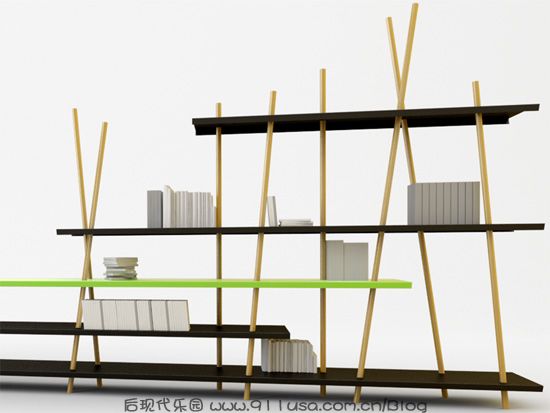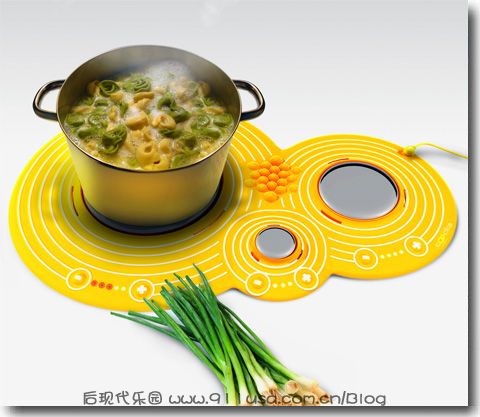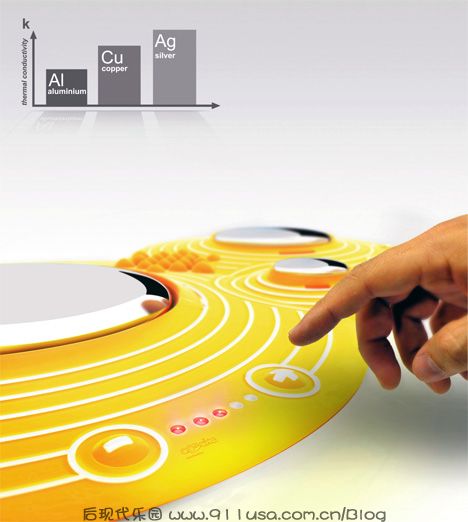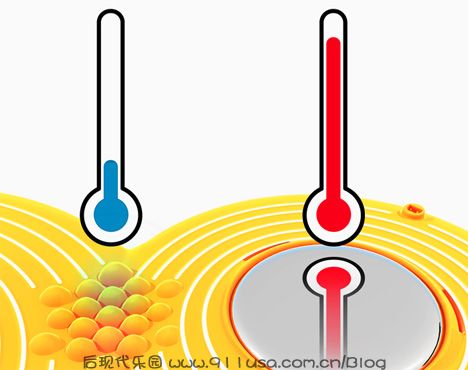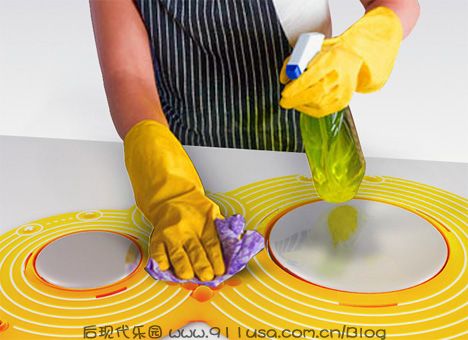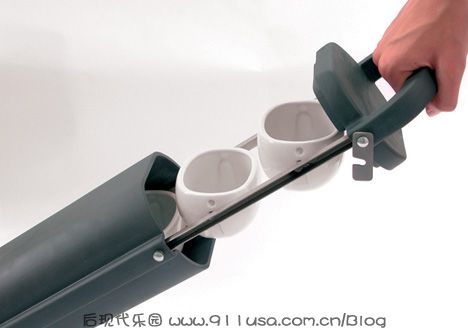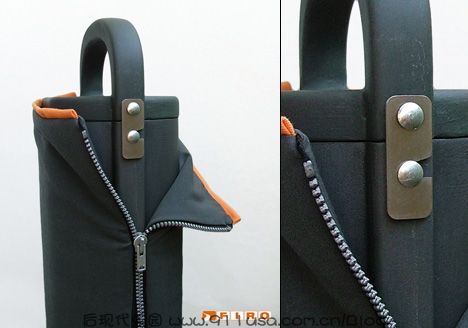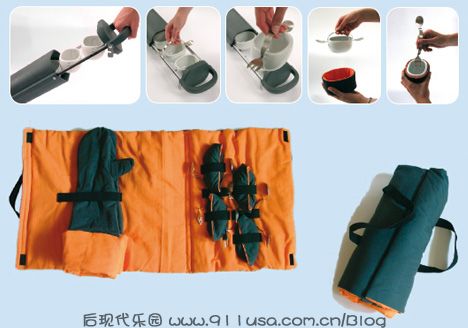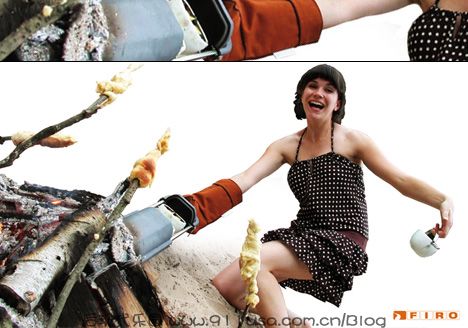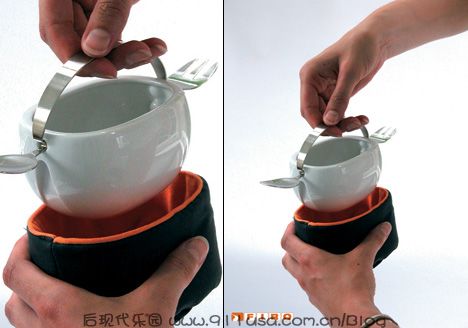Cranks
The two cranks, one on each side and usually mounted 180° out of phase, connect the bottom bracket axle to the pedals.
Sizes
Bicycle cranks can vary in length to accommodate different sized riders. Major manufacturers typically offer crank lengths for adult riders from 165 mm to 180 mm long in 2.5 mm increments, with 170 mm cranks being the most common size. A few small specialty manufacturers also make bicycle cranks in a number of sizes smaller than 165 mm and longer than 180 mm. While logic would suggest that riders with shorter legs should use proportionally shorter cranks and those with longer legs should use proportionally longer cranks, this is not universally accepted. Very few scientific studies have examined the effect of crank length on sustained cycling performance and the studies' results have been mixed. A detailed exploration of the logical basis of proportional bicycle crank length can be found on the web here. Several formulas exist to calculate appropriate crank length for various riders, one from the most often cited crank length website can be found here. However, the exact length an individual cyclist feels most comfortable with may vary depending on the rider's cycling specialty. Bicycle riders typically prefer shorter cranks for higher cadence cycling such as criterium and track racing, while riders typically prefer longer cranks for lower cadence cycling such as time trial racing and mountain biking.
Materials
Cranks are constructed of either an aluminum alloy, titanium, carbon fiber, chromoly steel, or some less expensive steel. Tubular steel cranks (such as Tioga's Revolver) can be light and very strong, are usually found on bmx bikes, and are slowly finding their way to mountain bikes (Dirt jumping and Urban assault) . Aluminum cranks may be cast, hot forged or cold forged ("cold" in this context means the billet from which the crank is to be made is heated to a specified temperature well below the melting point, not room temperature). Cold forging gives the metal additional strength, and the cranks can therefore be made lighter without increasing the risk of breakage. Shimano "Hollowtech" aluminum cranks are made by forging the main arms around a hard steel insert which is then withdrawn, leaving an internal void to save weight. They are then welded up before final machining.
Attachments
There are a variety of methods used to attach the crank to the bottom bracket axle or spindle.
* Older crank use a wedge-shaped pin, called a cotter pin, for attachment to the bottom bracket spindle.
* Newer cranks slide onto
o a square tapered spindle. The taper is 2 degrees with respect to the centerline.[5] There are at least two non-interchangeable dimensions (Shimano and Campagnolo have competing standards in square taper, though most parts made by other manufacturers are to the Shimano standard), and two orientations: diamond and square.
o a hexagonal tapered spindle (Tune components cranks are an example)
o splined bottom bracket spindle with two prominent specifications, and numerous uncommon ones. The ISIS spline may be the most common splined standard as it was decided on and supported by several companies. Shimano's Octalink is a common proprietary standard. It comes in two forms - version one for XTR, 105, Ultegra and Dura Ace and version two for every other groupset such as XT, LX and Deore. Truvative and DMR also have their own proprietary spline interface standards.
The crankarms are pressed into place and prevented from squirming off via fretting by a bolt or nut installed into or onto the axle of the bottom bracket.[6] The head of the bolt or the nut sit inside a counterbore that is also threaded to accept a crank puller tool. The counterbore is often covered with a dust cover.
* Even newer designs have the bottom bracket axle, usually hollow and larger diameter than is possible for BB's with bearings held inside the BB shell of a bike frame, for reduced weight and increased stiffness, permanently attached to the right crank ([Shimano] and others) or the left crank (Race Face). The left crank slides onto a spline and is tightened with one or more pinch bolts (Shimano) or is pressed onto a spline by a bolt on the BB axle axis (Race Face).
* Some cranks have a many as 48 splines, such as Profile Design.
* The latest from Campagnolo, called Ultra-TorqueTM, has each crank permanently attached to one half of the axle (called semi-axles) which then join in the middle of the bottom bracket with a Hirth joint and a bolt.[7]
* Certain companies such as Cannondale (BB30 open standard, introduced in 2000) have made their own completely proprietary BB standards requiring changes in the BB shell of the bicycle frame in order to accommodate the bottom bracket/crank design. The open BB30 standard is gaining popularity on high end bicycle and component manufacturers (Zipp, Specialized, FSA).
* Finally, many children's bikes and older, or less-expensive bikes have one-piece cranks where the two cranks and bottom bracket spindle are forged as one piece of steel (see photograph above).
To the pedals
Fracture of an aluminium crank. Bright: brittle fracture. Dark: fatigue fracture.
Crank arms have a threaded hole (or "eye") at their outboard end to accommodate the pedal spindle. Adult or multi-piece cranks have a 9/16 inch hole with 20 TPI (a combination that appears to be unique to this application). One-piece or children's cranks use a 1/2 inch hole. Some crank on children's bikes have more than one pedal hole so that the pedal can be moved to accommodate growth.
The right-side (usually the chain side) hole is right-hand threaded, and the left-side hole is left-hand (reverse) threaded to help prevent it from becoming unthreaded by an effect called precession.
Pedal spindles are hard steel, and gradually fret and erode the crankarm where the two meet. This can eventually be a cause of crank breakage, which commonly occurs at the pedal eye. Some manufacturers advise the use of a thin steel washer between the pedal and crank, but this is ineffective because the hard washer frets against the crank instead. A solution, suggested by Jobst Brandt, is to use a 45 degree taper at the surface where crank and pedal meet, as this would eliminate precession-induced fretting and loosening (it is already done for most automobile lug nuts for the latter reason). However, this would require manufacturers to change a well-established standard which currently allows most pedals to be fitted to most cranks.
Spider
On older styles, the spider—the multi-armed piece that connects the chainring to the bottom bracket axle—was a separate piece from the crank arm. The most common modern cranks have an integrated spider on the drive-side crank arm. However, Middleburn, TA, and Surly currently produce cranks with separate detachable spiders, enabling a wide variety of chainring patterns to be used with the same cranks.
Spiders usually have 4 or 5 arms, although some models have had as few as 3 and many as 10 arms with 6 having been popular in the past.[8]
Bolt circle diameter (BCD)
Many modern bicycles have removable chainrings, to allow for replacement when worn, or to change the gear ratio provided (although the change is limited).
The holes on the spider arms used for attaching a chainring can have a variety of dimensions, referred to as the bolt circle diameter, commonly abbreviated as BCD. This measurement is sometimes referred to as pitch-circle diameter (PCD). Cranks designed to mount one or two chainrings will almost always use a single bolt circle diameter. Cranks designed to mount three chainrings will almost always use two different bolt circle diameters; the larger to mount the two outer rings and the smaller to mount the inner ring. Most modern two-chainring cranks use either a 110mm or 130mm bolt circle diameter.
Bolt circle diameters of common "named" cranks:
Track
144 BCD (Gebhardt)
Road double
130 BCD (Shimano, Gebhardt and others), or 135 (Campagnolo)
Road triple
130/74 BCD (Shimano and others), or 135/74 BCD (Campagnolo)
Compact/touring double
110 BCD or (Campagnolo carbon 4x110/1x113 BCD, Gebhardt)
Compact/touring triple
110/74 BCD
Mountain bike (4 arm)
104/64 BCD (Gebhardt)
Mountain bike (5 arm standard)
110/74 BCD
Mountain bike (5 arm compact)
94/58 BCD
For an extensive list of bolt circle diameters and their applications, see Sheldon Brown's Bolt Circle Diameter Crib Sheet.
Chainrings
A Shimano chainring, detached from right crank
Chainrings (also called "chainwheels" or "sprockets", although sprocket is used this way mostly in the BMX community[3]) engage the chain to transfer power to the (usually rear) wheel. They usually have teeth spaced to engage every link of the chain as it passes over; however, in the past, some designs (called skip-tooth or inch-pitch) have had one tooth for every other link of the chain.[9]
Sizes
By convention, the largest chainring is outboard and the smallest is inboard. Chainrings vary in size from as few as 20 teeth to as many as 55 or potentially more.
Chainrings also come in several nominal widths:
* 3/16" for old-time bikes (especially skip-tooth or inch-pitch), heavy duty BMX, Worksman, and exercise bikes
* 1/8" for track, BMX, cruiser bikes, one-speed, three-speeds, and the rare derailleur bike.
* 3/32" for road, hybrid, mtb bikes, single-speed and 5-, 6-, 7-speed freewheels.
* 5/64" for any bike with 9- or 10-speed cassettes
Materials
Chainrings are constructed of either an aluminum alloy, titanium, steel, or carbon fiber.
Construction
Cheaper cranksets may have the chainrings welded or riveted directly to the crank arm or spider. More expensive sets have the chainrings bolted on so that they can be replaced if worn or damaged or to provide different gearing.
Replacement chainrings must be chosen with a bolt-hole count and spacing that matches the spider.
Chainrings designed for use with multi-chainring crank arms may have ramps or pins to aid in shifting. The middle chain ring, in the case of a triple crankset, usually has the most shaping to aid in shifting up and down. The smallest chainring usually has the least, if any shaping.















